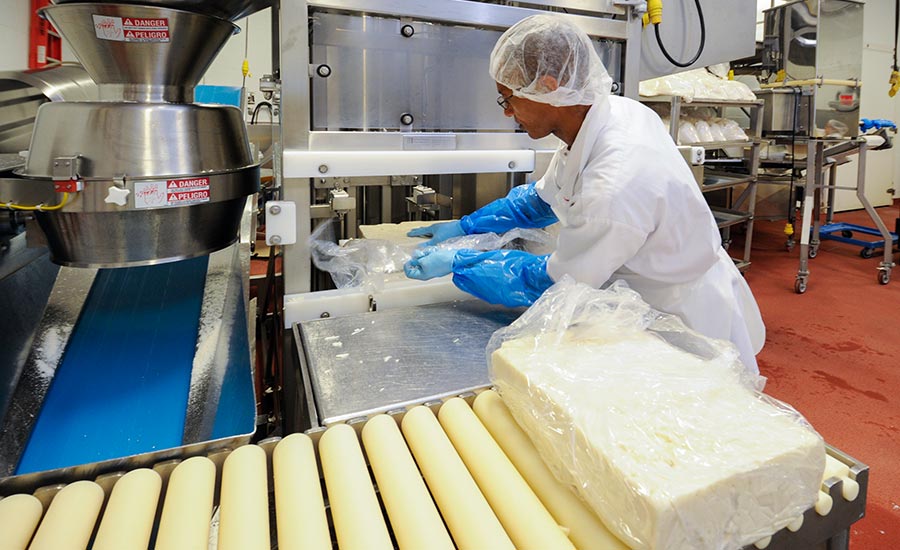Unlocking the Tricks of Artisanal Cheese Making: A Detailed DIY Guide
In the realm of cooking workmanship, artisanal cheese making stands as a testament to the delicate equilibrium in between tradition and advancement. Each action in the process, from selecting the ideal milk to developing aging techniques, holds within it a riches of understanding gave via generations. As we embark on this journey to demystify the art of developing exquisite cheeses, we are faced with a tapestry of skills and tricks waiting to be untangled. Join us as we explore the complexities of this ancient craft, where art, patience, and science converge to create tastes that tantalize the senses.
Choosing the Right Milk
When beginning on the journey of artisanal cheese making, the selection of milk plays an essential role in determining the quality and characteristics of the last item. The type of milk chosen affects the taste, structure, and in general profile of celebrity. Raw milk, right from the animal, is chosen by many artisanal cheesemakers as a result of its one-of-a-kind mix of enzymes, bacteria, and taste substances. Utilizing raw milk comes with policies and risks, making sterilized milk a safer choice for novices.
Furthermore, the resource of the milk, whether from cows, goats, lamb, or buffalo, adds distinct flavors and attributes to the cheese. Each kind of milk brings its very own subtleties, allowing for a wide variety of cheese ranges to be crafted based on the picked milk.
Culturing and Coagulating
To launch the cheese-making process, the essential steps of culturing and coagulating should be very carefully implemented to change milk right into curds and whey. Culturing entails presenting advantageous germs to the milk, which after that begins the fermentation process. These germs transform lactose (milk sugar) right into lactic acid, creating the acidic environment required for coagulation. The sort of culture utilized can substantially impact the flavor, structure, and ripening of the last cheese item.

The timing and temperature control throughout culturing and coagulation are critical aspects that affect the final result of celebrity. Appropriate execution of these steps is vital to make sure the preferred texture, flavor, and consistency of the artisanal cheese being created.
Draining and Pushing Curds
After the milk healthy proteins have actually coagulated and the curds have actually been reduced to release whey, the next important action in artisanal cheese making includes draining pipes and pushing the curds to attain the preferred appearance and consistency of the last cheese item. Draining pipes is the procedure of separating the curds from the whey. This can be done by transferring the curds right into a cheesecloth-lined bowl-shaped sieve or internet mold and allowing the whey to drain pipes off naturally. The time for draining can vary depending upon the kind of cheese being made and the preferred dampness material.
When the curds have actually adequately drained pipes, the following step is pressing. Pushing assists get rid of any kind of remaining whey and compacts the curds to develop a strong cheese wheel. Pushing can be done utilizing specialized cheese presses that use mild and consistent pressure over an amount of time. The period and stress applied during pushing will influence the final texture of the cheese, from soft and creamy to difficult and firm. Appropriate pushing and draining are vital actions that significantly impact the quality and features of the artisanal cheese being created.
Aging and Flavoring Methods
Carrying out precise aging and flavoring methods is pivotal in enhancing the deepness and intricacy of artisanal cheeses, elevating their preference profiles to beautiful degrees of improvement and elegance. Aging plays a critical function in establishing the unique flavors and textures that distinguish artisanal cheeses.
Flavoring strategies additionally contribute dramatically to the final preference of artisanal cheeses. Cheesemakers may select to introduce extra tastes by incorporating active ingredients such as herbs, spices, or even fruits into celebrity during the production process. Additionally, some cheeses are washed or rubbed with numerous liquids, such as brine or alcohol, to boost their appearances and flavors.
Covering and Keeping Cheeses

Verdict
In final thought, mastering the art of artisanal cheese making involves carefully choosing the right milk, complying with accurate culturing and coagulating procedures, draining pipes and pressing curds effectively, and utilizing numerous aging and flavor methods. Keep in mind to cover and save your cheeses effectively to make sure ideal flavor and appearance development.
Each kind of milk brings its very own subtleties, allowing for a wide variety of cheese selections to be crafted based on the chosen milk.After the milk proteins have actually coagulated and the curds have been reduced to release whey, the following essential step in artisanal cheese making involves draining and pushing the curds to attain the preferred texture and consistency of the last cheese item. Many cheeses should be covered in wax paper or cheese paper to allow them to take a breath while shielding them from drying out. For cheeses that require to continue aging, such as bloomy peels or cleaned rinds, guarantee they are saved in a trendy atmosphere like a cheese cave or a fridge established to the appropriate temperature. By paying focus to the wrapping and storage of artisanal cheeses, cheese makers and fanatics can preserve the honesty of these specials and useful reference totally enjoy their complicated flavors.
Comments on “Exploring Melbourne Made Cheese: Why Floridia Cheese Is a Must-Try”